The New Gastronome
Cacao’s Unlucky Cousin
Pataxte: A Superfood in the Making!
by Beatrice Guzzi
by Beatrice Guzzi
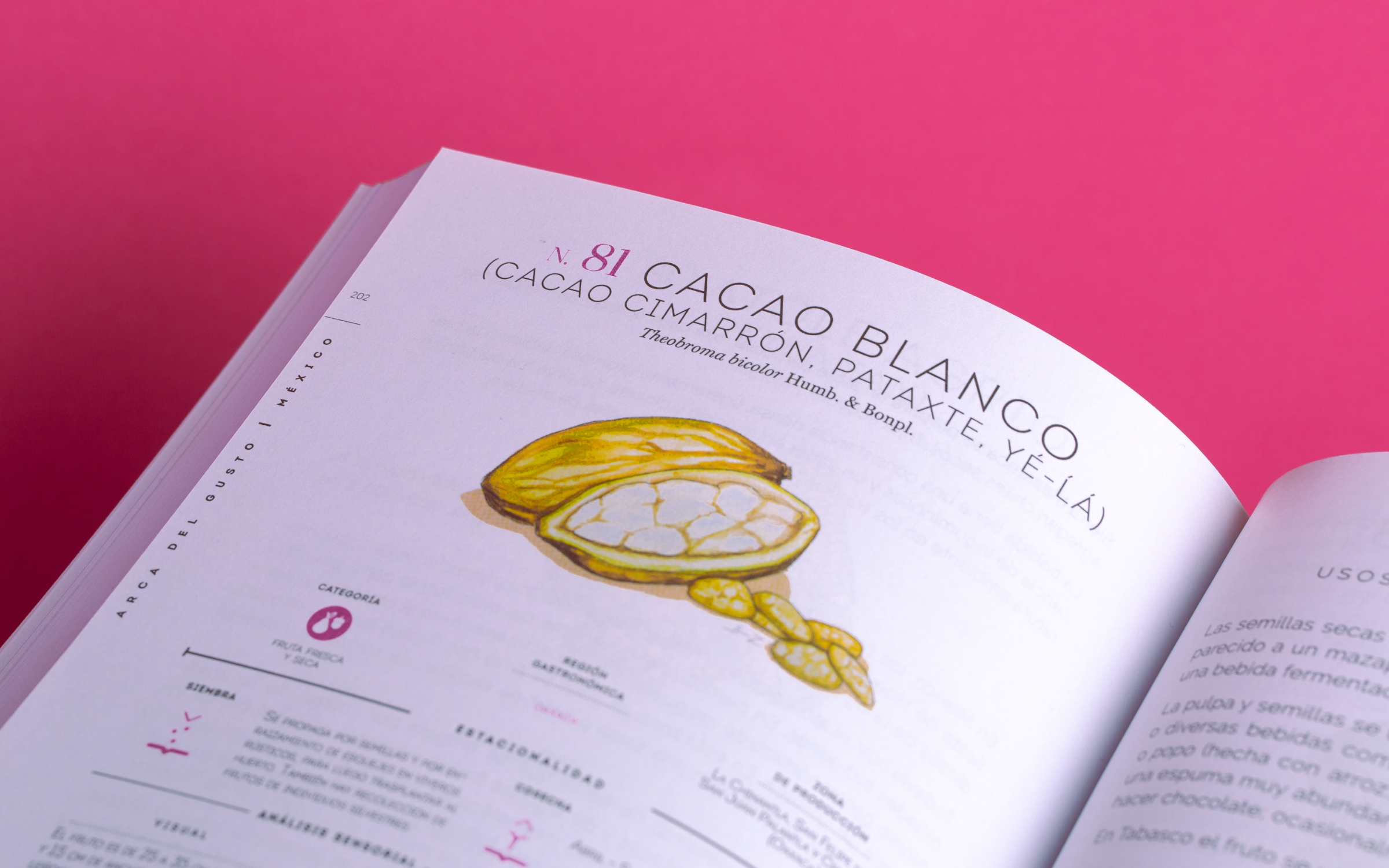
“Pataxte … what a weird name!”, that’s what I thought when I first heard about it. It took me a few tries to pronounce it properly, too: pa tash tee. Yes, that’s better! That’s how Mexicans mainly refer to Theobroma Bicolor, a cocoa species whose origin is still uncertain.
Autochthon to tropical America, probably of Amazonian origin, Pataxte is mainly found in Colombia, Brazil, Ecuador and Peru with different names here and there: cacao blanco, cacao silvestre, mocambo tree, jaguar tree, balamte… In Mexico, there are four varieties (ecotypes) of Theobroma bicolor, which differ in shape, colour and flavor. They are all distributed in the states of Chiapas, Oaxaca and Tabasco and threatened because they are scarce in the jungle of Mexico and little cultivated, with no commercial plantations. While some farmers even mistakenly think that they damage their cocoa cultivation, the ‘best’ that can happen is for Theobroma bicolor to get mixed into commercial cacao.
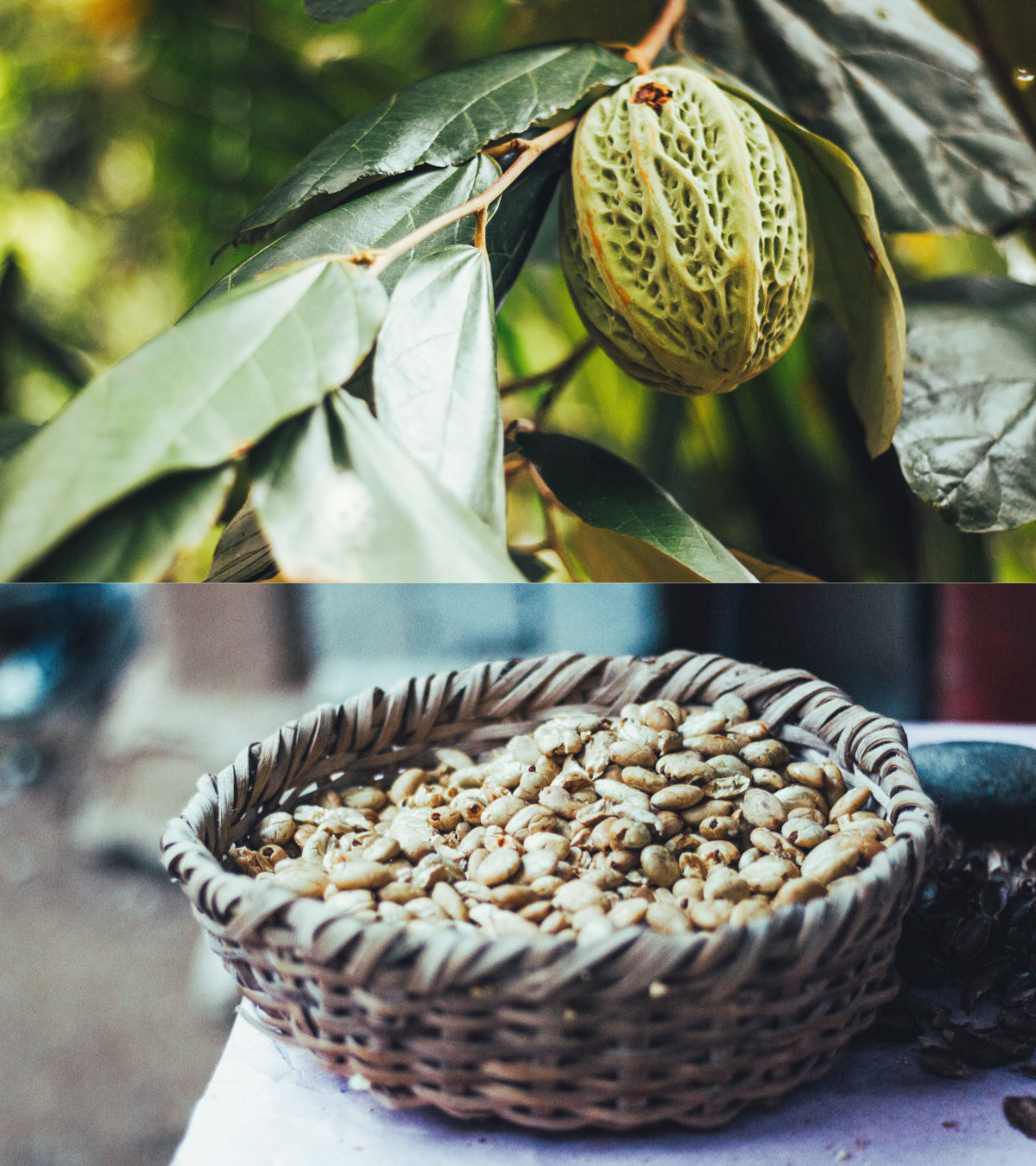 Photos ©Karina Muscarina
Photos ©Karina Muscarina
Discovering an Unexploited Treasure
Pataxte is taller than common cocoa, as the trees can reach a height of 3–8 metres in open fields and can grow up to 25-30 metres in the understories of the forest! It is a slow-growing tree and grows best in loose, unconsolidated soils. In the central Amazon region, the tree gives fruits from March to November and blossoms from July to September. The rounded, oval-shaped fruit weighs from 300 to 400 g. and holds an average of 40 seeds inside, surrounded by a bright yellowish flesh of sweet taste. While the rough rind becomes yellow when ripe, Pataxte itself is a thick, flattened, circular cocoa variety with light brown flesh, larger than regular cocoa.
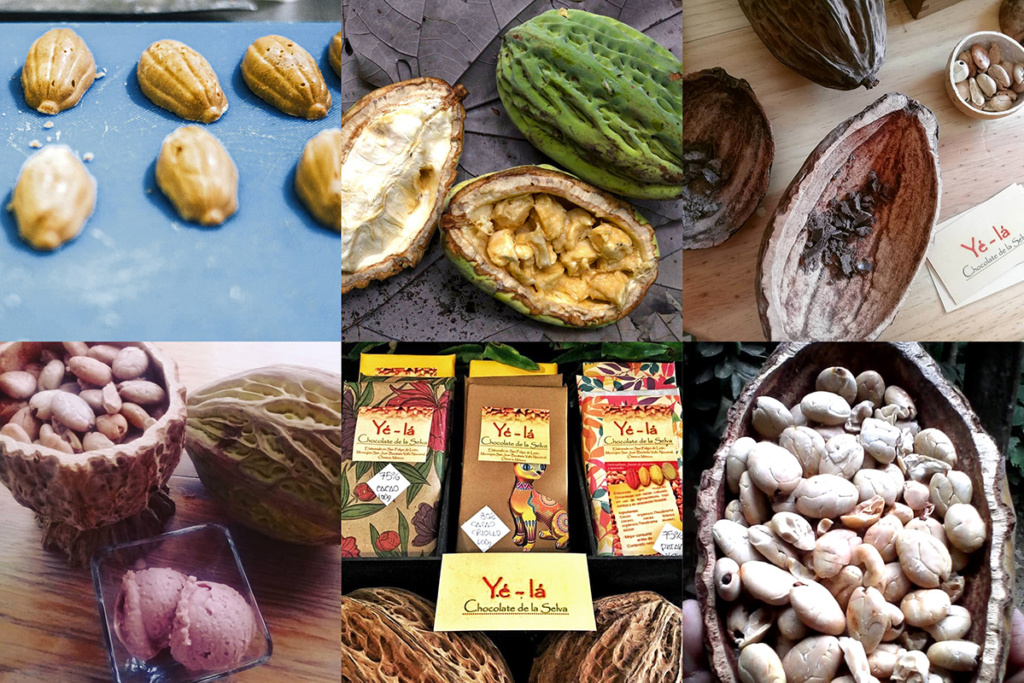 Phots: Yé-Lá Chocolate de la Selva & Karina Muscarina.
Phots: Yé-Lá Chocolate de la Selva & Karina Muscarina.
The ever increasing demand for chocolate has led to an intensification of cocoa production, confirmed by a number of studies: the so-called Theobroma cacao is always in the spotlight. We know all about its nuances, its aromatic profiles, its genetics, we have learnt what to do in agriculture, how to manage the harvest and post-harvest phase. In short, there are no more secrets! Pataxte, meanwhile, has been pushed to the background, as the cocoa market considers it inferior: compared to common cocoa, it has “slight biochemical differences which are critical for [the] formation of the aromas that define chocolate flavor”. We are talking about two different cocoa species from the same genus: similar genetics but different characters and abilities. But, would you be happy to be constantly compared to a family member, a brother or sister? That’s exactly what is happening with Theobroma bicolor. Why is there this urge to classify Pataxte as inferior? There can be enough answers to that question to fill a whole master thesis, but let’s be real:
Given these considerations, we may consider Pataxte like Theobroma cacao’s “unlucky cousin”. However, studies show that this shift in perspective may have occurred only after the Spanish conquest.
A. D V. E. R. T. I. S. I. N. G
Pataxte’s Golden Age in Mesoamerica
Theobroma cacao and Theobroma bicolor held a special place in Mesoamerican civilizations, both in a secular and sacred way. Pataxte has a millennial tradition as a beverage: Mesoamerican cacao consumption in the form of traditional beverages made from cacao seeds and maize, often with other plant-derived ingredients, can be considered a widespread family recipe with many local variants, appreciated for their gastronomic qualities. The mixture of these ingredients is not casual: their ubiquity is also linked to the significance of those two plants in indigenous Mesoamerica. Maize is widely considered the source of life and fertility, often embodied in a maize deity; cacao, meanwhile, is frequently associated with the underworld and the cycle from death back to life. In addition, the foam on the beverages is in itself a coveted element, perhaps related to its spiritual interpretation. A central concept in Zapotec worldview is that of pé, a life force present in all animated objects said to be explicitly included in the foam atop a cacao beverage.
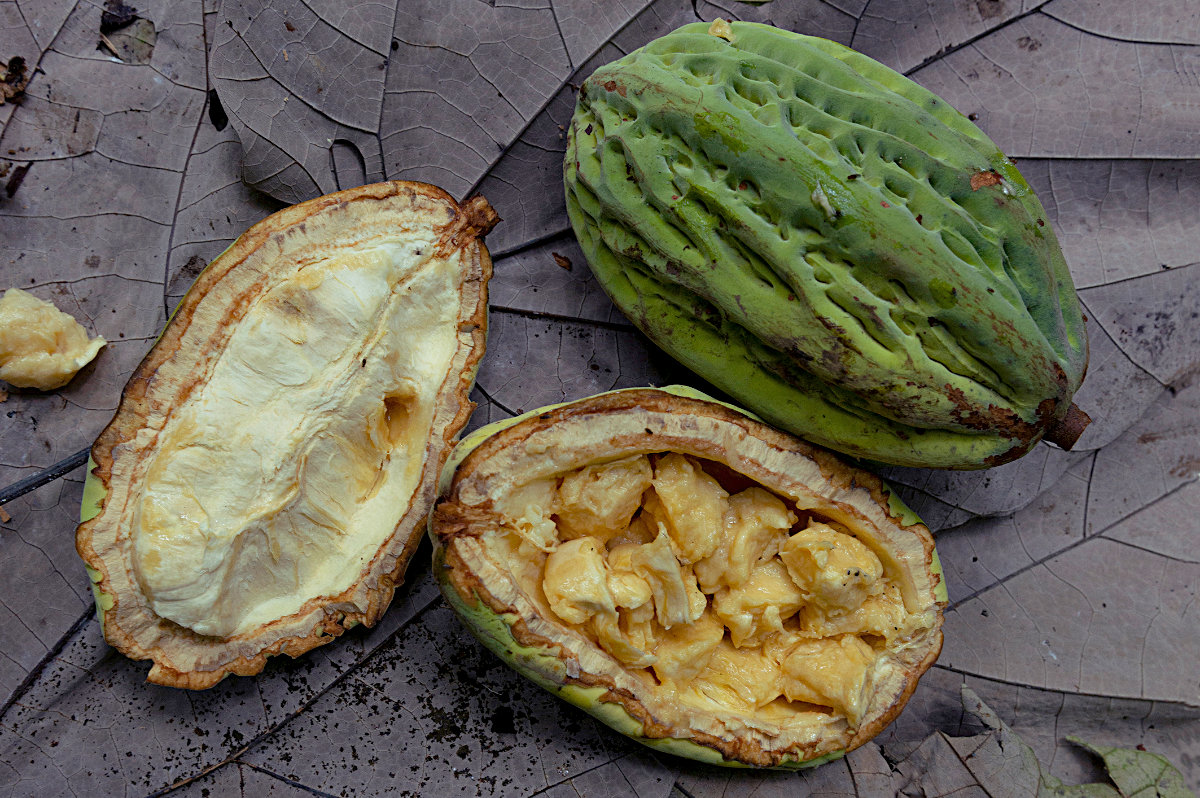 ©Lucca Rinaldin
©Lucca Rinaldin
Today, the consumption of foamy beverages like the one just cited is still linked to local traditions, religious holidays but also as a daily staple of significant importance as a source of energy in some rural households.
Cocoa consumption as a beverage in the rest of the world is mostly made with cocoa powder. Indeed, it is quite a young beverage if we think that the pressing machine to separate cocoa mass from cocoa butter was only created in 1828 by the Dutch chocolatier Van Houten.
The Future of Pataxte. A Superfood?
Both the pulp and the seeds have been reportedly consumed in fermented soft drinks, ice cream, marzipan, nougat and chocolates. In Mexico, Pataxte pulp and grains are mainly used for the production of sweets (marzipan, nougat and peach), chocolate (a mixture of Theobroma cacao and Theobroma bicolor seeds), drinks in freshwater (atole, pozol, polvillo and siaab gez) and, to a lesser extent, consumed as fresh fruit.
In the state of Oaxaca, one of the traditional drinks whose main ingredient is Pataxte is called “popo”, also known by foreigners as “cappuccino oaxaqueño”. It is elaborated with slight modifications by nahuas, mixe-popolucas, zoque-polukas, mazatecos and chinantecos.
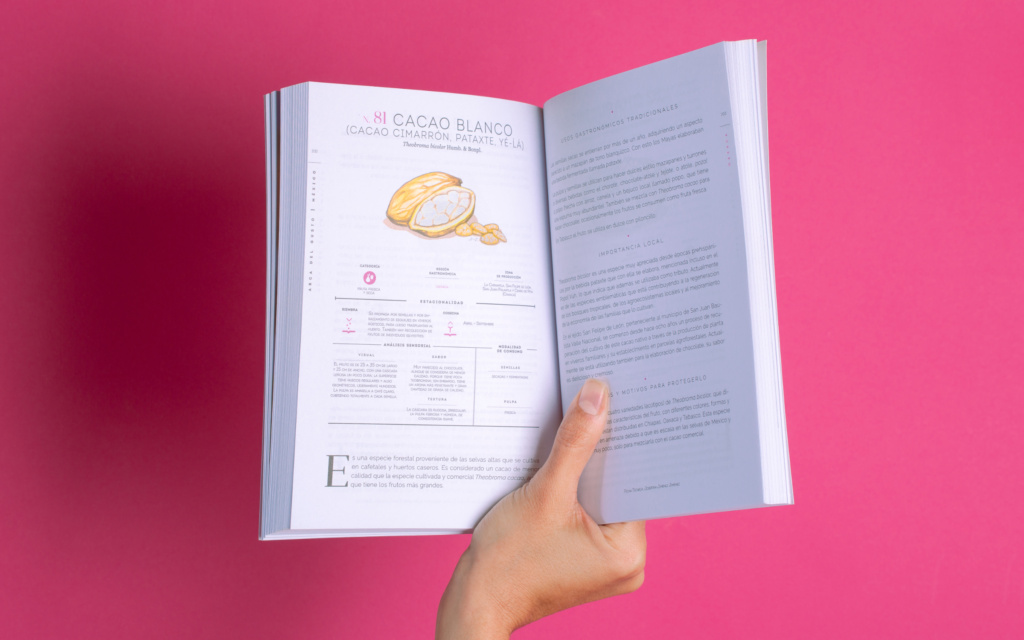
Unlike Theobroma cacao, little interest and little studies have been conducted about Pataxte in the last few years. Luckily, Dr. Gabriel Abraham Cardoso Ugarte’s research fits perfectly. With a PhD in Food Science, and currently a researcher in the Gastronomy Faculty at the Universidad Popular Autónoma del Estado de Puebla (UPAEP), he looks at a reality with a need to introduce functional foods in the Mexican market to improve the health of the population, while the product exists but is underused. The research work can be long and complex and writing about it in a few lines does not give it credit. What is certain is that dedication, passion and curiosity have been the fundamental ingredients in the daily research for the student Hazareel Castillo Morales (who presented the research), which helped him to develop critical thinking, professionalism and a strong sense of responsibility. Many fundamental aspects were analysed and interesting results observed:
Both the seeds and the pulp are rich in carbohydrates and protein (the latter conferring a more resistant froth and creaminess to traditional drinks), while seeds contain a good amount of lipids. (Seeds Analysis: Carbohydrates 41%. lipids 31%. Protein 20%. ash 3% humidity 5% – Analysis of pulp: carbohydrates 44%. humidity 37%. protein 12% lipids 3% ash 3%).
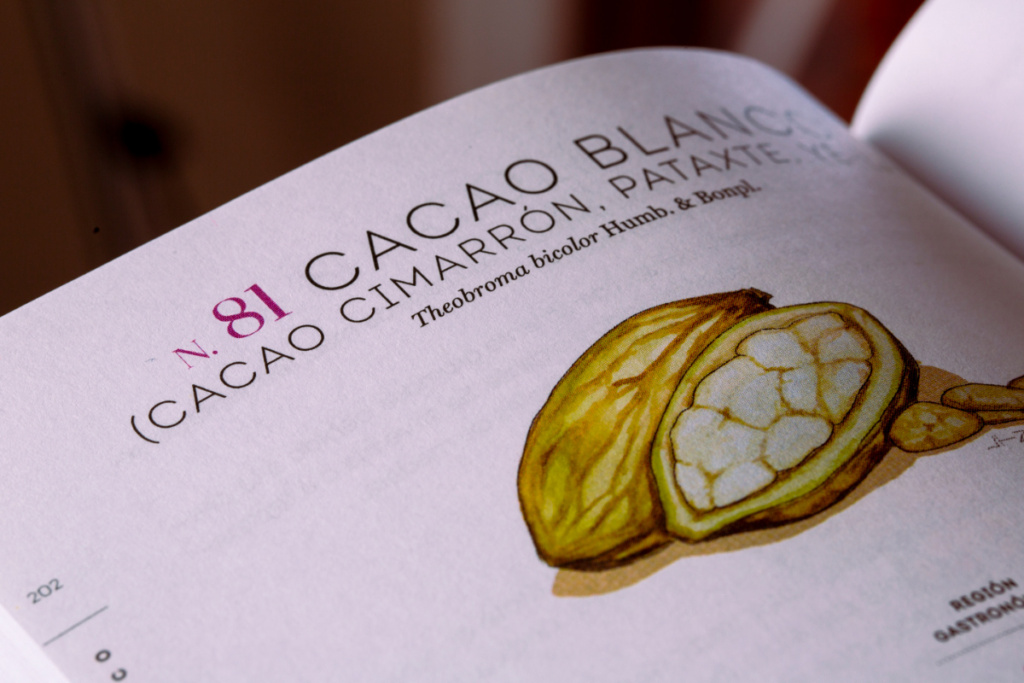
Inulin, a group of naturally occurring polysaccharides produced by many types of plants, commonly used in nutritional supplements, is presumably present in the pulp. Why is it so important? Because it has very interesting nutraceutical characteristics: it improves digestion by promoting the growth of probiotics in the intestinal microbial flora, while decreasing the density of harmful bacteria. Besides that, the prebiotic activity of the seeds and pulp of Pataxte on the growth of Bacillus mojavensis, Lactobacillus paracasei, Lactobacillus brevis has been found to be good for both the pulp and the seeds. Secondary metabolites like alkaloids, flavonoids, tannins, saponins, triterpenoids and cardiotonic glycosides are present in Pataxte (pulp+seeds). What is cool is that these substances carry out various biological activities, some of them acting like a strong antioxidant. Fatty acids were also analysed and compared founding that Palmitic acid and oleic acid are abundant in Pataxte seeds.
Giving these results, the formulation of a powdered symbiotic drink with Pataxte pulp was proposed as a prebiotic. Functional and symbiotic food. Functional as Pataxte contains biologically active components with beneficial and nutritional effects on one or more functions of the body, improving the health and lowering the risk of disease. Symbiotic because with this drink the prebiotic component selectively favours the probiotic component.
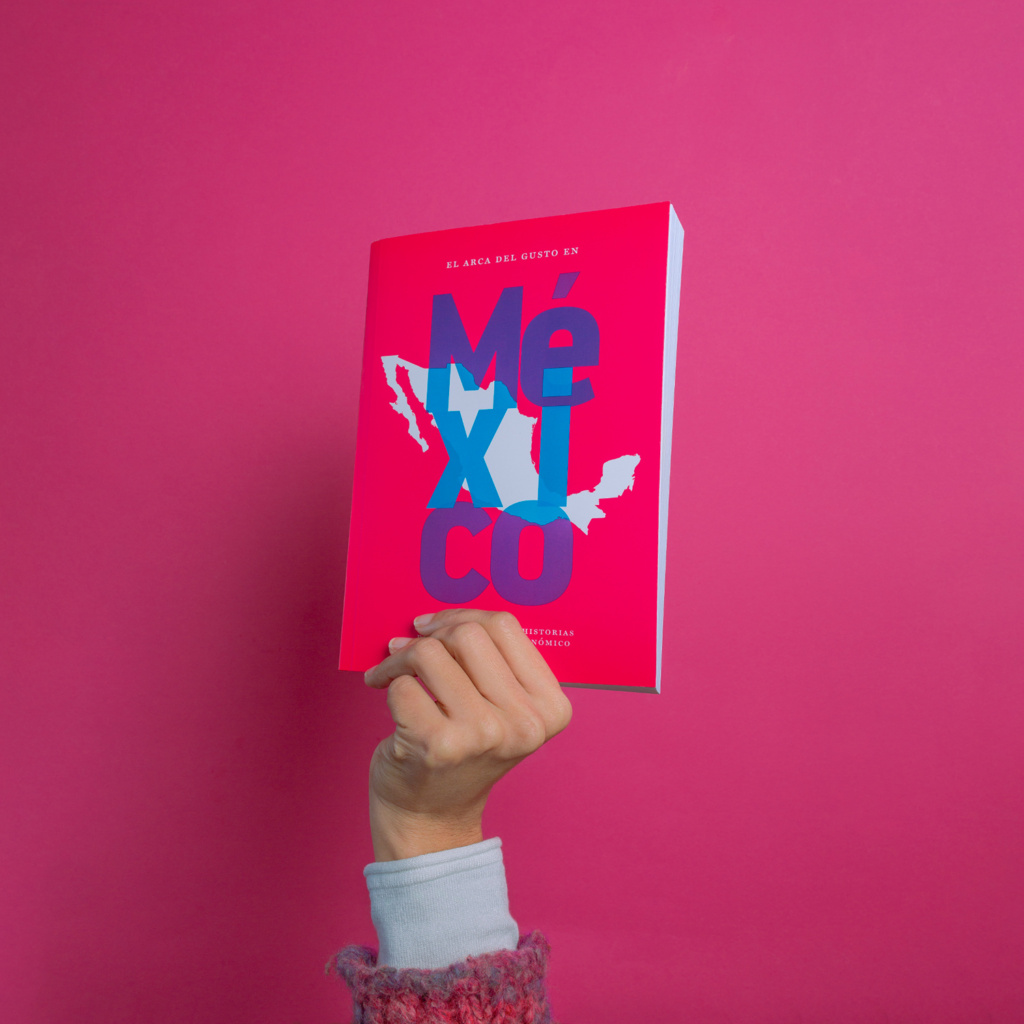 Ark of Taste Mexico, edited in 2018
Ark of Taste Mexico, edited in 2018
Building Bridges of Cooperation
The overview on Pataxte may seem complex but after all these things are said, one is sure: this product should not be forgotten. To prevent this from happening it is essential to shift the spotlight onto this product. But how? The Slow Food network is always at work and, luckily, Pataxte is already present in the Ark of Taste project and in the Ark of Taste Mexico book.
While this by itself is not enough, one thing leads to another: the Slow Food community is present in the area and the network is growing, as told by Dr. Mónica Orduña – the director of the Gastronomy program at UPAEP University – “the University is in continuous communication with the director of Slow Food in the Puebla Region because it is essential to work together to protect and bring value to this product”. Social Value is a crucial topic for Puebla University: “Bien Común” is just an example of a project of social relevance; a bridge able to connect student associations with small producers and companies. Cooking competitions in which students use certain products or organizing visits to producers are two simple actions able to create a solid connection and provide awareness to future chefs about the impact they can have on the local community and territory.
Josefina Jimenez, a Pataxte and native cocoa producer located in Oaxaca, agrees with Dr. Mónica Orduña’s point of view: protecting and bringing value to Pataxte is fundamental. Both producer and manufacturer, she makes and sells cocoa and chocolate: YE-LA Chocolate de la Selva is the company-tool that allows her to keep a virtuous system alive. Selling Pataxte products and increasing awareness about Pataxte by organizing workshops are two simple but tangible actions to prevent this species from disappearing, support the local market and improve the economy of the families that cultivate it. What is less evident is the environmental value related to it: Pataxte helps regenerate the tropical forests. Indeed its associated cultivation favours the preservation of forest cover in areas of secondary vegetation and forest gardens, contributing to the generation of organic matter in the soil. Pataxte is a perfect tree for providing shade in the forest and perfect support for vanilla growth. Plus, the preservation and expansion of agroforestry areas can help to mitigate the effects of climate change through carbon sequestration and helps to regulate ambient temperatures.
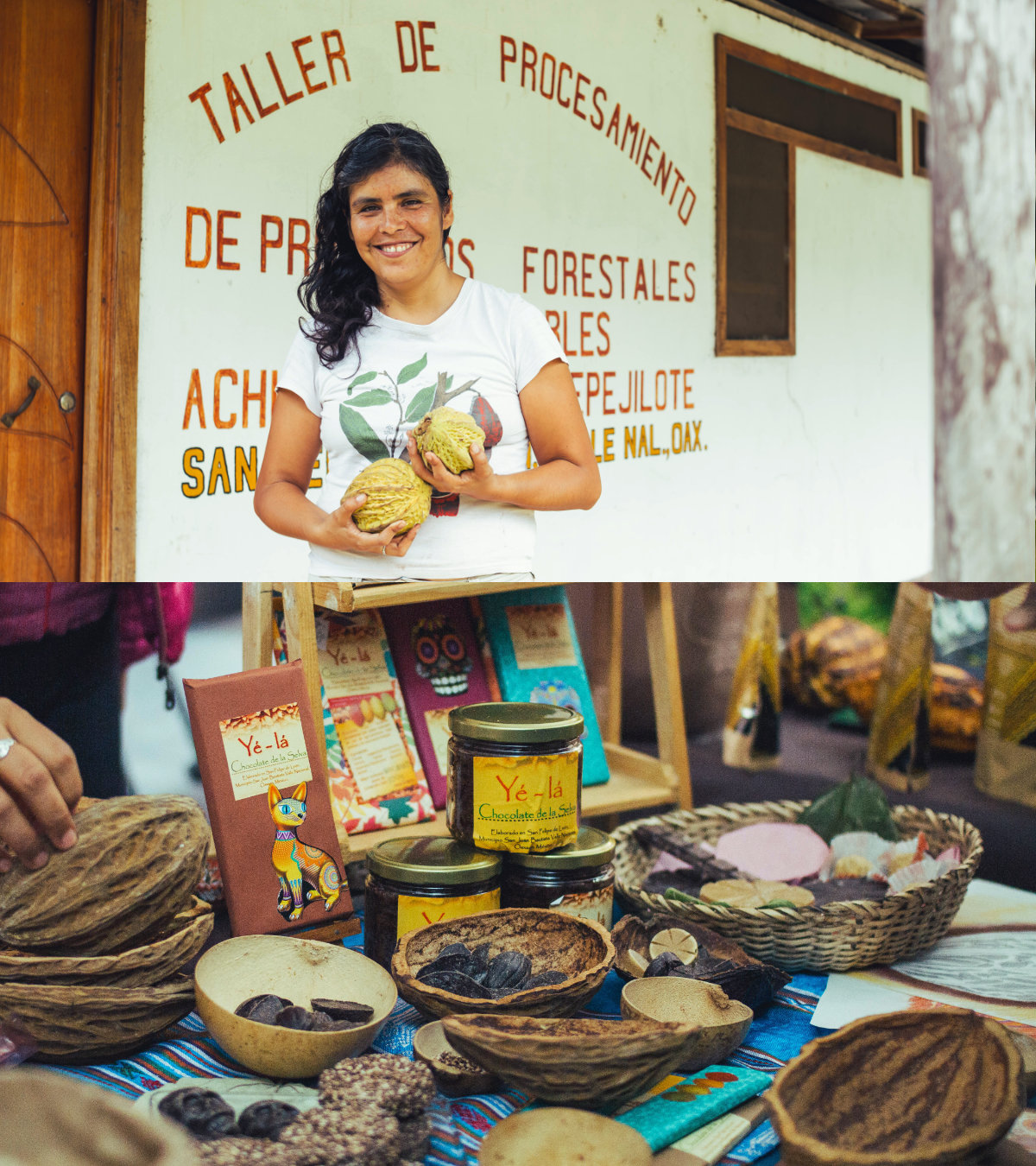 Josefina Jimenez & YE-LA Chocolate de la Selva | Photos ©Karina Muscarina
Josefina Jimenez & YE-LA Chocolate de la Selva | Photos ©Karina Muscarina
Conclusion
Pataxte is the Mexican’s unexploited treasure. The path to make it shine like it did millennia ago is long and complex, requiring the design of a competitiveness strategy based on a philosophy of cooperation and collaboration between actors, seeking sustainable improvements in the chain performance. A holistic approach is key: business approach and market orientation; the coordinated effort of different actors, including private enterprise and support service providers to seek synergies; active participation of key actors in the agribusiness chain; a combination of research activities and development to promote innovation are actions that must pursue parallel directions. That’s your recipe for Pataxte’s success.
Acknowledgement:
Special thanks to Dr. Beatriz Pérez Armendáriz and Dr. Zaida Nelly Juárez, who also participated as Hazareel advisors as well as to the Biotechnology Master program at UPAEP where most of the investigation was performed.
Useful links:
https://jommx7.wixsite.com/yelachocolate
https://www.fondazioneslowfood.com/en/what-we-do/the-ark-of-taste/
https://www.upaep.mx/licenciaturas/gastronomia
Photos ©Aarón Gómez Figueroa
The opinions expressed in the articles of this magazine do not necessarily represent the views of
The New Gastronome and The University of Gastronomic Sciences of Pollenzo.